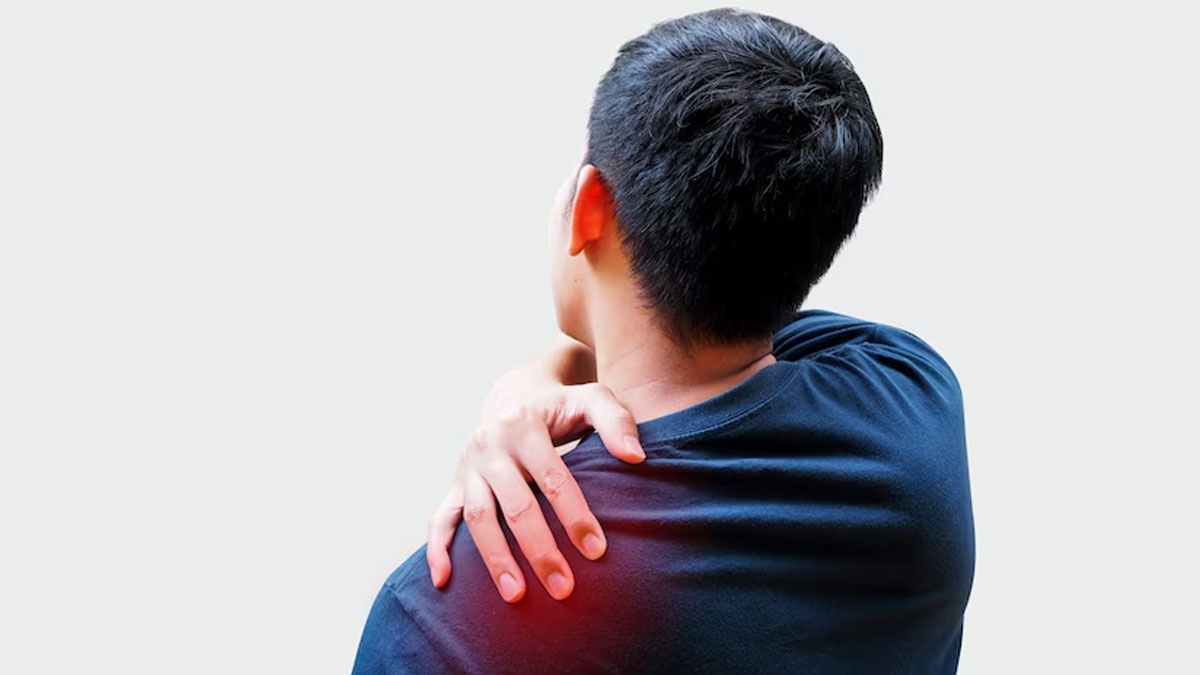
As winter sets in, many people face an unexpected challenge: increased pain, especially in weight-bearing joints such as the hips, knees, and ankles. In such a case, the question arises whether winters make pain worse? A mix of factors can contribute to this, and it's crucial to understand effective management strategies. We reached out to Dr Kshama Shah, HOD Dept of Anaesthesia, Bhakti Vedanta Hospital & Research Institute for a deeper understanding of the link between winter season and pain.
Table of Content:-
For those who exercise regularly during colder months, the experience of intensified pain in the lower extremities is not uncommon, especially for runners. The cold weather appears to exert additional pressure on weight-bearing joints, potentially leading to discomfort. One of the reasons for this phenomenon is restricted blood flow to the joints and changes in atmospheric or barometric pressure.
Many research studies in the past have showcased a clear link between arthritis and increased joint pain in cold weather, providing a concrete connection in certain cases.
Dr Shah explains, “The drop in barometric pressure (also known as atmospheric pressure) is believed to induce swelling in soft tissues, exert pressure on joints and trigger heightened pain signals along nerve pathways.” The psychological impact of this phenomenon may contribute to an increased sensitivity to pain, creating a synergy between emotional well-being and physical sensations.
Also Read: Winter Wellness: 5 Things To Do In Nature To Boost Your Wellbeing
Managing Winter Pain: The Role of Transdermal Patches

While understanding the intricacies of winter-induced pain is crucial, finding effective management strategies is equally vital. Traditional pain management methods often come with side effects, prompting caregivers and doctors to explore alternative options. In this context, transdermal patches present a promising solution.
Transdermal patches deliver medication through the skin directly into the bloodstream, offering a controlled and sustained release. This mechanism bypasses the digestive system, minimising the gastrointestinal side effects often associated with oral medications. For those grappling with winter pain, transdermal patches provide a localised and targeted approach, delivering relief precisely where needed, shows study.
Moreover, transdermal patches offer the advantage of convenience and ease of use. According to Dr Shah, “They eliminate the need for frequent dosing, providing a steady and continuous release of medication over an extended period. This not only enhances efficacy but also contributes to improved adherence to the prescribed treatment plan. Particular transdermal patches may have minor side effects like acidity, nausea and vomiting which are treatable. Transdermal patch should be used for pain after doctor’s consultation”
Also Read: Doctor Shares 3-Step Guide To Become Pain-Free
Other Methods of Pain Relief in Winters
Dr Shah lists out some other ways to relieve pain in the cold season including:
Heat Therapy: Applying heat to affected joints through methods such as hot baths, heating pads, or warm compresses can provide relief by promoting blood flow and reducing stiffness.
Physical Therapy: Engaging in tailored exercises under the guidance of a physical therapist can improve joint flexibility and strengthen supporting muscles, alleviating winter-related pain.
Stay Active Indoors: Opt for indoor activities that are joint-friendly, such as swimming or walking. This helps maintain overall fitness without exposing yourself to the harsh cold.
Maintain a Healthy Lifestyle: Adequate hydration, a balanced diet rich in anti-inflammatory foods, and sufficient sleep contribute to overall well-being and can help mitigate the impact of cold weather on pain perception
Over-the-counter Pain Medications: Non-prescription pain relievers, such as ibuprofen or acetaminophen, can offer temporary relief. However, these should be used under the guidance of a healthcare professional
Joint Supplements: Consult with your healthcare provider about the potential benefits of joint supplements like glucosamine and chondroitin, which may support joint health.
While the mysteries behind winter-induced pain persist, effective management strategies, including transdermal patches and a holistic approach to well-being, offer hope for relief. By understanding the various theories at play and exploring a combination of innovative solutions and traditional methods, individuals can embark on a journey towards a warmer, more comfortable winter season, free from the shackles of unnecessary pain.
Also watch this video
How we keep this article up to date:
We work with experts and keep a close eye on the latest in health and wellness. Whenever there is a new research or helpful information, we update our articles with accurate and useful advice.
Current Version